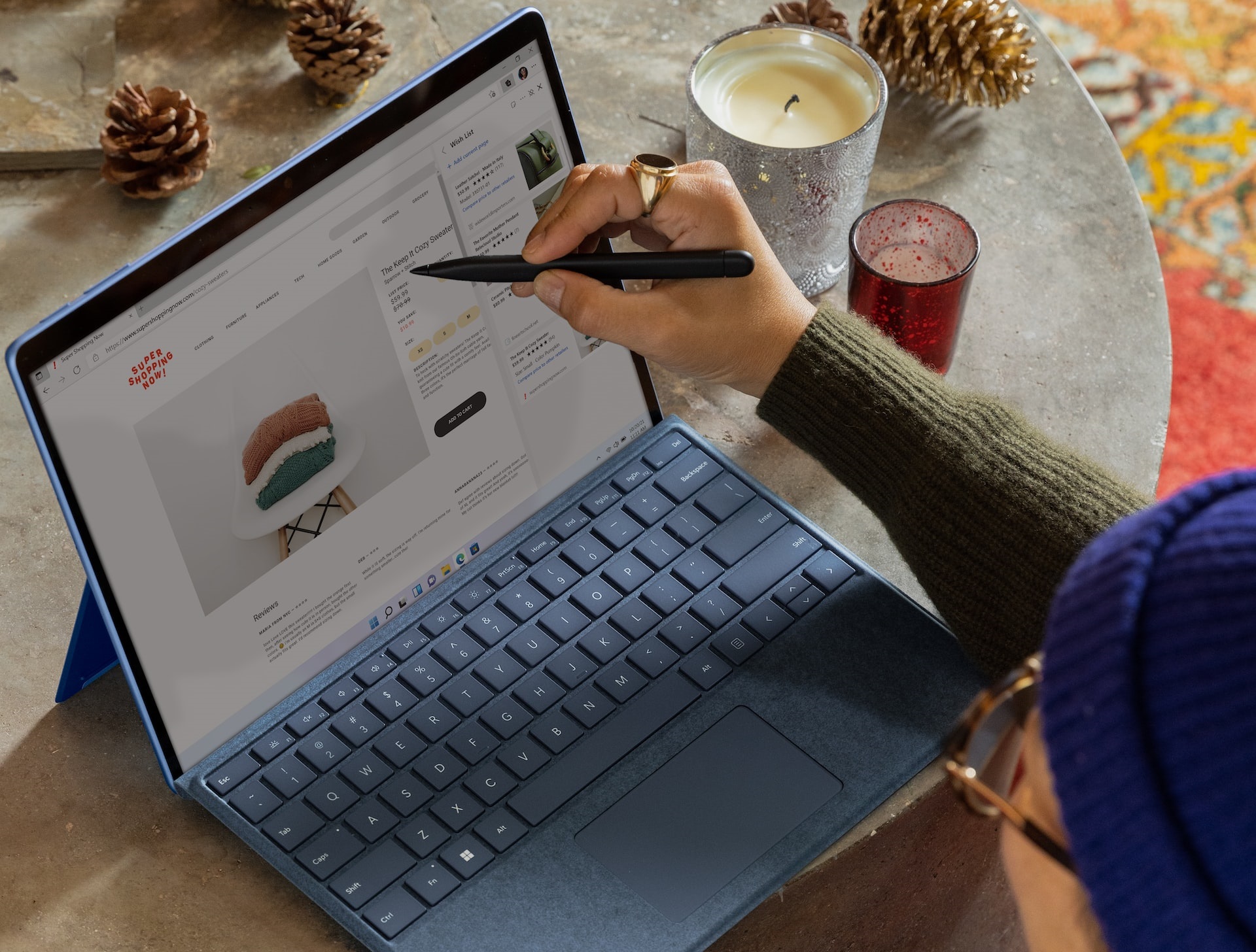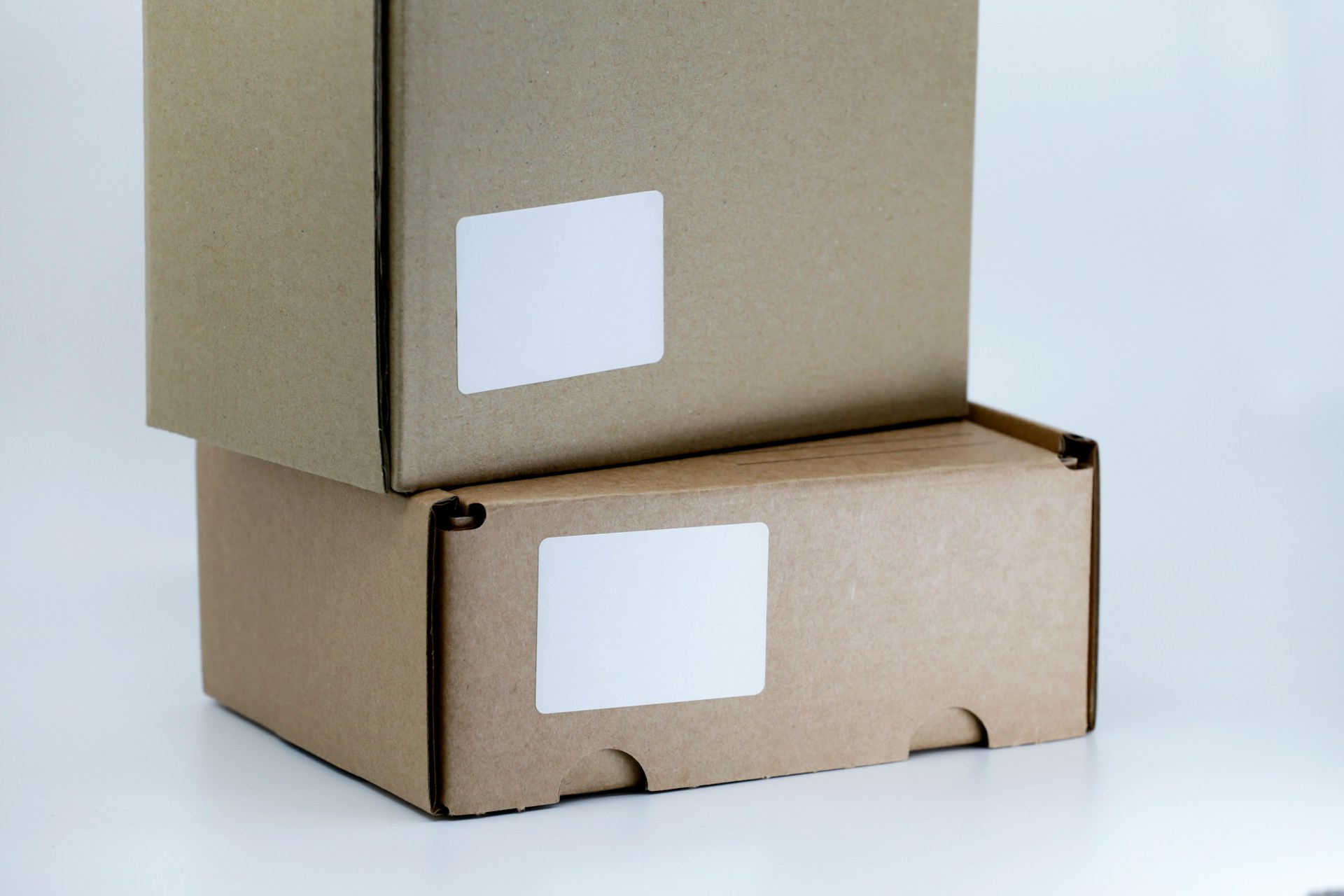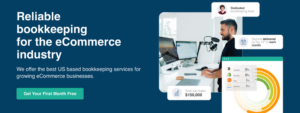
Amazon FBA vs dropshipping can be a tricky decision to make. Whether you’re just starting out in the ecommerce world or you’re an established seller, we can help. It all boils down to two points – profitability and ease of use. In this post, we will break down these two major considerations for you. Our hope is that this information will help you make the right decision.
Understanding Amazon FBA
What is Amazon FBA, and how does it work?
Fulfillment by Amazon (FBA) is a service offered by Amazon to third-party sellers on their marketplace. It essentially allows you to outsource the storage, packaging, shipping, and customer service of your products to Amazon. Basically, you send your inventory to a designated Amazon fulfillment center, following specific packaging and labeling guidelines. Amazon then stores your products in their vast network of fulfillment centers across the globe. When a customer orders your FBA product, Amazon picks, packs, and ships it directly to the customer.
FBA sellers can leverage Amazon’s Prime program, offering fast and free shipping to Prime members, potentially increasing product visibility and sales. Amazon can also handle basic customer service inquiries related to FBA orders, such as returns or exchanges. Amazon charges fees for storing your inventory in their warehouses, based on product size and storage time. Per-item fees are charged for picking, packing, and shipping your products.
Key benefits of using Amazon FBA for ecommerce entrepreneurs
FBA frees you from managing storage, packaging, and shipping, allowing you to focus on sourcing products, marketing, and growing your business. FBA easily scales as your business grows since Amazon has the infrastructure to handle increasing order volumes. Your products in the program are eligible for Prime free shipping, potentially increasing product visibility and sales. Fast and reliable shipping can also lead to higher customer satisfaction. FBA is suitable for established sellers with a consistent sales volume. FBA is also efficient for helping sellers manage a wide range of products. This way, sellers who want to grow their businesses can free up their time and resources to focus on business growth.
Potential drawbacks and challenges of the Amazon FBA model
FBA is not for everyone. For sellers with low sales volume or large, bulky products, FBA fees might outweigh the benefits. Carefully consider the storage and fulfillment fees to ensure profitability when using FBA. Moreover, there are some product categories that Amazon restricts from FBA. Do research before deciding on this option to make sure it will work well for you.
Understanding Dropshipping

Explanation of the dropshipping model and its operation
Dropshipping is a retail fulfillment method where a store doesn’t keep its own inventory. As the store, you would list products for sale, handle marketing and customer service, but don’t hold any inventory yourself. The supplier or dropshipper is the party who holds the inventory. Then, when an order comes in, they pack and ship products directly to your customers on your behalf. How this works is, when you receive an order and customer information, you forward these details to your dropshipping supplier. They locate the product in their warehouse, pack it under your brand name, and ship it out. The customer receives the product without knowing it came directly from the supplier.
Starting in the ecommerce world using the dropshipping model is the cheapest option. You should consider a few things when starting a dropshipping business, though. First, make sure you identify a profitable niche with low competition. Then, research and secure reliable dropshipping suppliers with good reputations for product quality, on-time shipping, and customer service.
Advantages of choosing dropshipping for starting an ecommerce business
Dropshipping can be a viable option for starting an online business. You don’t need a large upfront investment in inventory, making it easier to start an online store. You can easily add or remove products from your store without worrying about managing stock levels. Offering a wide variety of products is much easier when you don’t have to hold any inventory yourself. You can even manage your store from anywhere with an internet connection.
Limitations and considerations when opting for dropshipping
Be aware of the challenges involved in dropshipping and carefully plan your approach before diving in. Because you’re acting as a middleman, your profit margins tend to be lower. This is compared to traditional retail models where you buy in bulk and sell. Dropshipping is a popular business model, so you might face high competition in your chosen niche, too. Remember that you will rely on your supplier to fulfill orders accurately and on time. This means you might have limited control over product quality, shipping speeds, and customer service experience.
Comparative Analysis: Profitability
Generally, dropshipping requires a lower initial investment compared to FBA. With FBA, you’ll need to invest in inventory upfront, while dropshipping allows you to start with minimal upfront costs.
The biggest initial investment for FBA is purchasing the products you’ll sell. You’ll need to consider factors like demand, storage fees, and potential returns when determining inventory levels. You might also pay for subscription fees for tools like Helium 10 or Jungle Scout to help you with product research. If your products require special packaging to comply with Amazon’s FBA guidelines, you might incur some initial costs.
Dropshipping costs will vary depending on the platform you choose. For example, a Shopify store will cost different to maintain than a Wix website. You can also keep costs low with a setup like WordPress with the WooCommerce plugin. Still, it all depends on the level of customization you want. Also, don’t forget that a domain name and website hosting can cost around $20-$100 per year.
Ongoing costs for Amazon FBA vs dropshipping vary. Amazon FBA fees include storage fees based on product size and storage time, and fulfillment fees per item shipped. You can use Amazon’s FBA fee calculator to estimate these costs. With dropshipping, a supplier will often charge you a wholesale price for each product you sell. Your profit margin will be the difference between the retail price you set and the supplier’s cost.
Here’s a comparison table summarizing the key points:

Overall, FBA has a higher initial investment due to inventory purchases but can offer higher profit margins if managed effectively. You’ll have more control over branding and potentially improve customer satisfaction with faster fulfillment through Prime. Dropshipping requires a lower upfront cost but might lead to lower profit margins due to supplier markups. You’ll have less control over inventory, shipping, and potentially product quality, but it offers greater flexibility in terms of product range and requires less upfront time commitment.
Comparative Analysis: Ease-of-Use
Amazon FBA has a learning curve involved in understanding the program, product sourcing, and marketing strategies. Inventory management also requires planning and research to determine appropriate inventory levels. You always want to avoid both stockouts and excess storage fees. Creating optimized product listings on Amazon can be time-consuming because you are in a fight to keep improving your ranking and visibility.
While FBA handles fulfillment, you’ll invest time in product research, sourcing, listing creation, marketing, and customer service (optional). The time commitment can increase as your business grows. However, once established, Amazon’s fulfillment network can streamline order processing.
Dropshipping has a lower complexity to it and can be launched with a lower initial time investment. Dropshipping suppliers handle most of the product storage and fulfillment complexities. You focus on managing your online store and marketing. Finding reliable dropshipping suppliers with good quality products and competitive prices is crucial. This can be high investment at first, then lessen as time goes on.
Since you don’t control product placement on Amazon (like with FBA), driving traffic to your own online store is essential. This means you will need to invest more in marketing, depending on what you’re selling. Note that Amazon still requires paid advertising for high-competition niches.
Risk Management and Scalability

Both Amazon FBA and dropshipping have inherent risks. Understanding these potential pitfalls is crucial before choosing a business model.
The key Amazon FBA risks involve inventory management, high competition, Amazon policy violations, and limited branding control. First of all, careful planning and sales forecasting are essential to succeed on Amazon. Overstocking leads to storage fees, while understocking results in missed sales opportunities.
The Amazon marketplace is highly competitive, so you’ll need effective marketing strategies. This is how you can get noticed by potential customers. Strict adherence to Amazon’s FBA guidelines is also crucial. Violations can lead to account suspension or restricted selling privileges. Amazon can suspend seller accounts for various reasons. Having a backup plan in case of suspension can help a lot. Since products are listed on Amazon, building a strong independent brand identity can be challenging. It;s not impossible, though.
With dropshipping, your risks revolve around low profit margins, marketing challenges, dependence on suppliers, limited control over shipping, and product quality issues. Due to supplier markups and competition, dropshipping profits can be tight. Then you face additional costs from driving traffic to your independent online store in a competitive landscape. Careful product selection and pricing strategies are essential.
You also rely on your dropshipping supplier for product quality, inventory management, and timely order fulfillment. Choosing unreliable suppliers can damage your reputation. Dropshipping suppliers might have slower shipping times or unreliable tracking information. This can impact customer satisfaction. You might not personally inspect products before shipment. This poses a higher risk of receiving poor-quality items that could lead to returns and negative reviews.
The best choice for you depends on your risk tolerance and how you plan to mitigate these potential issues. With FBA, diversify your product selection, carefully manage inventory levels, and stay updated on Amazon’s policies. For dropshipping, thoroughly research and vet suppliers, prioritize quality control measures, and implement effective marketing strategies to drive traffic to your store.
What Is EcomBalance?

EcomBalance is a monthly bookkeeping service specialized for eCommerce companies selling on Amazon, Shopify, Ebay, Etsy, WooCommerce, & other eCommerce channels.
We take monthly bookkeeping off your plate and deliver you your financial statements by the 15th or 20th of each month.
You’ll have your Profit and Loss Statement, Balance Sheet, and Cash Flow Statement ready for analysis each month so you and your business partners can make better business decisions.
Interested in learning more? Schedule a call with our CEO, Nathan Hirsch.
And here’s some free resources:
- Monthly Finance Meeting Agenda
- 9 Steps to Master Your Ecommerce Bookkeeping Checklist
- The Ultimate Guide on Finding an Ecommerce Virtual Bookkeeping Service
- What Is a Profit and Loss Statement?
- How to Read & Interpret a Cash Flow Statement
- How to Read a Balance Sheet & Truly Understand It
Conclusion
Overall, Amazon FBA vs dropshipping is a matter of your specific situation. Both can be profitable for sellers looking to streamline their operations, improve customer satisfaction, and potentially increase sales. However, it’s crucial to weigh the costs and determine which option best aligns with your business model and product offerings. The best choice for you depends on your budget, risk tolerance, desired level of control, and business goals. Consider these factors when making your decision.








